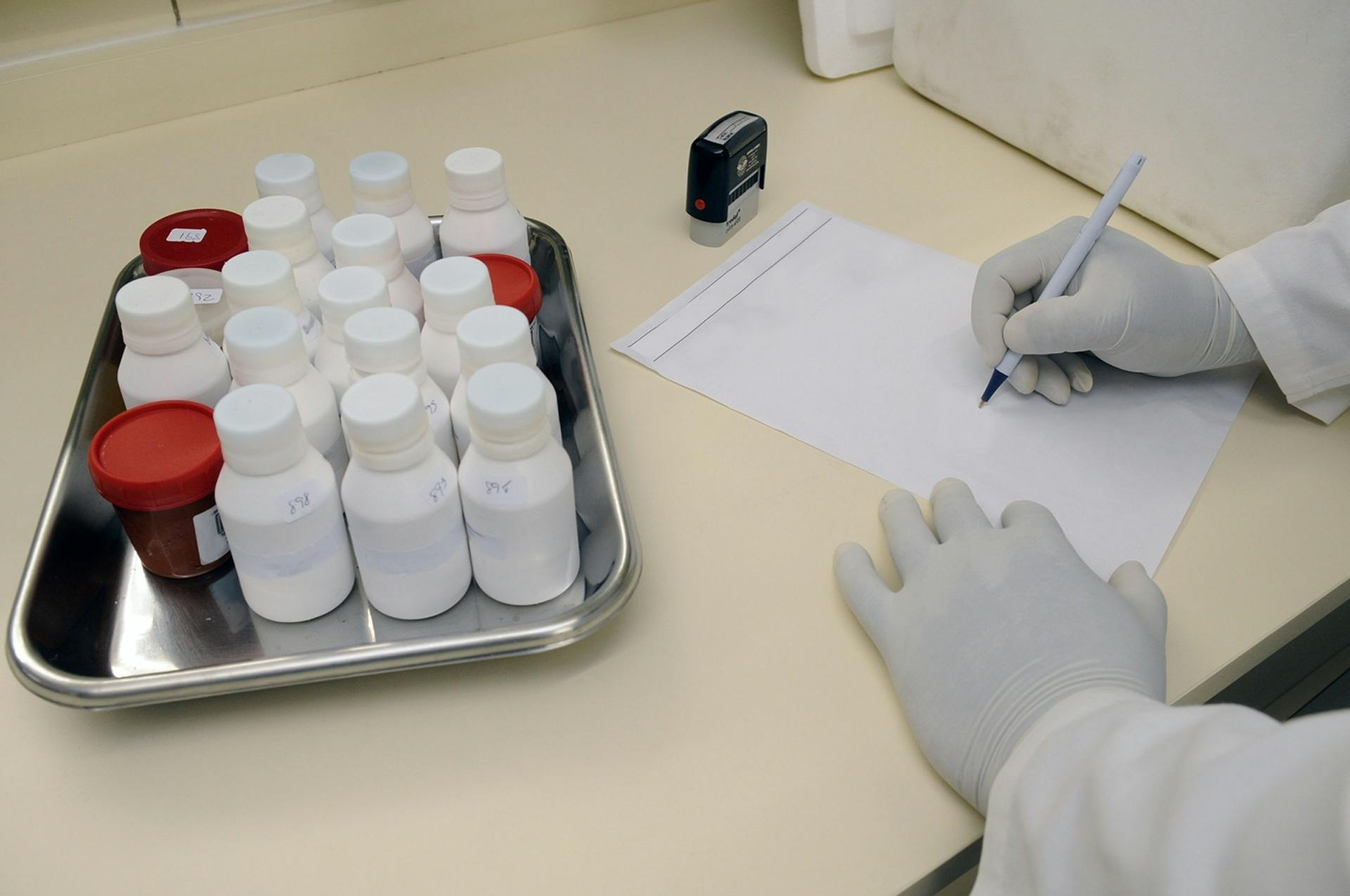Smart Guide to Obtaining Your Samples: New Strategies for Improving Results in 2025
As industries evolve and become more competitive, the need for effective sampling strategies has never been more critical. This guide aims to empower businesses and professionals with innovative techniques to optimize their sampling processes in 2025. By leveraging new technologies, adopting best practices, and understanding market trends, organizations can significantly enhance their outcomes.
Samples are vital in facilitating market research, quality control, and product development. With the increasing complexity of consumer behavior and preferences, refining sampling strategies is essential for staying relevant. Throughout this article, we will explore actionable steps to improve your sampling efficiency and effectiveness.

This comprehensive roadmap includes an overview of modern sampling methods, strategic insights into data collection, and expert recommendations. Additionally, we will cover how to overcome common challenges and pitfalls associated with sampling. Let’s dive in!
Essential Techniques for Effective Sampling Strategies
Understanding Sampling Methods
To develop efficient sampling strategies, it’s vital to understand various sampling methods available. These techniques enable professionals to gather representative data depending on the research goals and target population. Common methods include random sampling, stratified sampling, and systematic sampling, each with unique advantages.
Random sampling is one of the simplest forms of sampling that ensures every member of the population has an equal chance of being selected. This method is beneficial for reducing biases and enhancing the validity of the results. Stratified sampling, on the other hand, divides the population into subgroups (or strata), ensuring that specific characteristics are represented, which can be crucial in diverse markets.
Systematic sampling, involving selecting samples based on a fixed interval, is also popular in many sectors due to its simplicity and ease of implementation. Choosing the right method depends on your goals, available resources, and the nature of the data you wish to collect.
Leveraging Technology in Sampling
As technology continues to advance, integrating it into your sampling strategy can lead to significant improvements. Digital tools and platforms enable quicker data collection, improved accuracy, and enhanced analysis capabilities. For example, mobile survey applications can collect responses from participants on-the-go, thus increasing response rates and providing access to broader demographics.
Additionally, data analytics and AI can enhance the sampling process by identifying patterns and predicting outcomes. These capabilities allow businesses to refine their target audience and tailor their sampling efforts, leading to more effective and efficient strategies.
Building a Sampling Plan
To ensure the success of your sampling strategy, you need a well-structured sampling plan. This plan should clearly define objectives, identify the target population, select appropriate methods, and allocate resources effectively. Start by outlining your research questions and determining what information is critical for achieving your goals.
Next, engage in thorough demographic analysis to thoroughly understand the characteristics of your target audience. This insight will guide your sampling method selection and pave the way for segmentation strategies that enhance representativeness.
Advanced Data Collection Techniques
Survey Optimization Strategies
Surveys are a popular method for sample data collection. However, optimizing these surveys can yield more reliable results. Begin by designing short, concise surveys that focus on essential questions. Long surveys often lead to participant fatigue, resulting in incomplete data.
Incorporating varied question types, such as multiple-choice, Likert scale, and open-ended questions, can enhance engagement and provide richer data. Additionally, using pre-testing methods, such as pilot surveys, helps identify potential issues before full deployment, leading to better response quality.
Item-Sampling Techniques for Quality Control
For businesses focused on product sampling, implementing item-sampling techniques is essential for quality control. This methodology involves evaluating only a subset of products from a batch to determine the overall quality. Choosing the right criterion for selection, whether it’s random or systematically based on quality indicators, can significantly impact the findings.
Furthermore, it’s crucial to capture and analyze the data derived from item sampling accurately. Employing statistical methods allows businesses to estimate defects and maintain consistent quality, ultimately improving customer satisfaction.
Common Pitfalls in Sampling and How to Avoid Them
Avoiding Bias in Sample Selection
One of the most significant issues in sampling is bias, which can lead to inaccurate results and misguided decisions. To combat bias, carefully select your sampling method and ensure diversity in your sample population. Regularly reviewing your existing sampling strategies can help identify and mitigate sources of bias, ensuring a more representative sample.
Measuring and Analyzing Sample Data
Another common pitfall is neglecting to measure and analyze sampling data effectively. Businesses often overlook the importance of thorough data analysis, leading to lost insights. Utilize robust statistical software and visualization tools to interpret data effectively and present findings clearly.
Expert Recommendations and Best Practices
Engaging with Your Audience
Engagement is key to successful sampling strategies. Building relationships with your participants through transparent communication and providing incentives can encourage participation and improve data quality. For instance, offering rewards or recognitions for completing surveys can lead to higher response rates.
Adapting to Market Changes
Lastly, staying agile and adaptable to market changes is essential in sampling strategies. Regularly reviewing your methods and incorporating feedback can help refine your sampling approach, keeping you aligned with current market trends and consumer preferences.
Q&A Section
What are the best practices for sample size determination?
The ideal sample size depends on several factors, including population size, the desired level of confidence, and the acceptable margin of error. A common approach is utilizing sample size calculators that consider these factors for precise recommendations. Always aim for a sample size that provides enough power to support your study’s conclusions.
How can technology enhance the sampling process?
Technology enables faster data collection, improves data accuracy, and enhances analytical capabilities. Tools like mobile apps, survey platforms, and data analytics software allow businesses to streamline their sampling efforts and obtain high-quality data efficiently.
What are common mistakes to avoid in sampling strategies?
Common mistakes include neglecting bias reduction, failing to engage participants, and not analyzing data effectively. Addressing these issues early can improve the overall success of your sampling strategies.
By implementing these strategies and recommendations, you are set to improve your sampling processes in 2025 and achieve better results. For further reading on sampling and data strategies, explore these two links: Sampling Insights and Data Collection Techniques.
